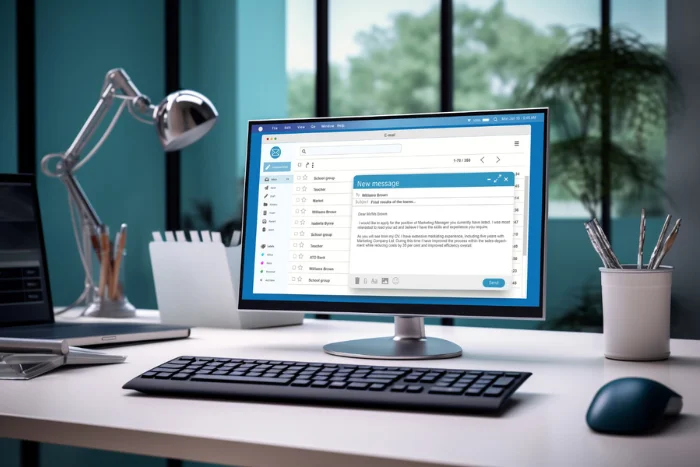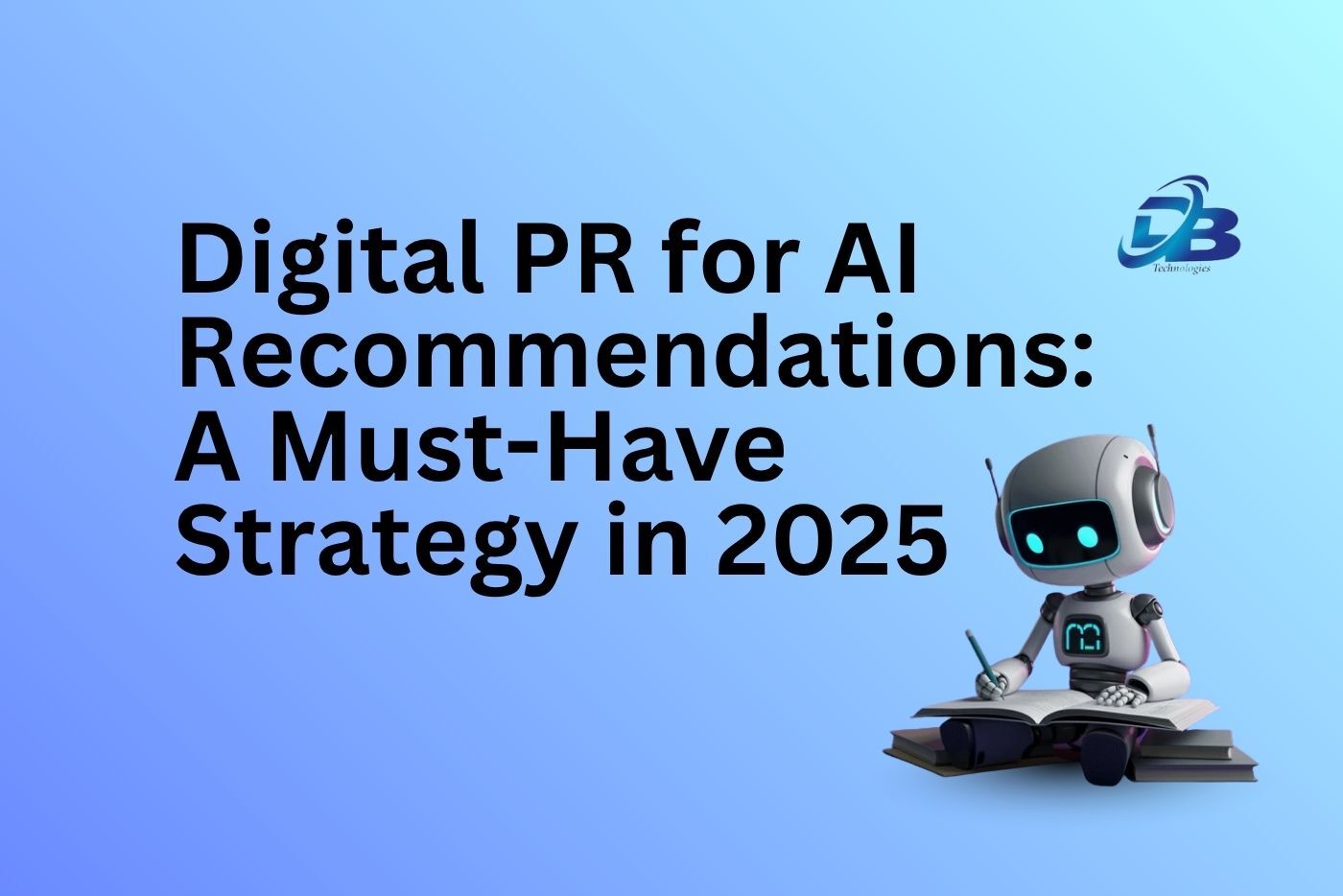
In the vast ocean of online content, two prominent vessels sail side by side—blogging and guest posting. These vessels, while serving the same ultimate purpose of content dissemination, differ significantly in their structure, approach, and impact. Before we embark on this exploration, let’s chart our course by defining these two entities.
Blogging, in its essence, is the personal or corporate act of publishing content on a dedicated website. It is a digital canvas where individuals and businesses paint their narratives, insights, and expertise for the world to see. On the other hand, guest posting involves contributing content to someone else’s blog or website, providing a valuable opportunity to tap into a broader audience.
Significance in the Online Content Landscape
Both blogging and guest posting play pivotal roles in shaping the digital landscape. Blogging serves as a platform for self-expression and brand representation. It allows individuals and organizations to craft a unique online identity by presenting their perspectives, values, and expertise. On the contrary, guest posting acts as a bridge between different content realms, enabling contributors to share their insights with diverse audiences and garner exposure beyond the confines of their own platform.
Now, let’s embark on a detailed exploration of the blogging realm.
Blogging
Definition: Blogging is akin to having a digital diary or storefront, where individuals and businesses publish content tailored to their interests, expertise, or products. The layout of a blog typically comprises several key elements.
Layout Elements
Headline
The headline is the beacon that attracts readers. It should be captivating, concise, and give a glimpse of what the content entails. Crafting an intriguing headline is essential for drawing the attention of potential readers in the vast sea of online content.
Introduction
The introduction sets the tone for the entire blog post. It should provide a brief overview of the topic, capture the reader’s interest, and establish a connection. A compelling introduction invites readers to delve deeper into the content.
Body Content
The heart of the blog lies in its body content. This section is where the main ideas, insights, or stories are presented. Well-organized and informative content keeps readers engaged and provides value, fostering a positive relationship between the author and the audience.
Images/Graphics
Visual elements are like the wind in the sails of a blog. Incorporating images, infographics, or other graphics enhances the overall reading experience. Visuals break the monotony of text, making the content more appealing and shareable.
Conclusion
The conclusion serves as the port of call for the reader. It should summarize key points, offer insights, and provide a sense of closure. A well-crafted conclusion leaves a lasting impression and encourages readers to reflect on the content.
Pros
Google’s Response and Future Projections
Full Creative Control
Blogging offers unparalleled creative freedom. Authors can shape the content, design, and overall aesthetics of their platform according to their vision. This creative autonomy allows for authentic self-expression and brand representation.
Establishes Brand Voice
For businesses, blogging is a powerful tool for brand building. Through consistent and authentic content creation, a brand voice is established, helping to distinguish the brand in a crowded digital landscape.
Direct Audience Engagement
Blogs provide a direct channel for interaction with the audience. Through comments, social media shares, and direct messages, authors can engage with readers, building a community around their content.
Cons
Time-Consuming
Crafting high-quality blog posts requires time and effort. From researching topics to polishing the final draft, the process can be time-consuming, which may pose a challenge for those with busy schedules.
Building an Audience Takes Time
Gaining a substantial and engaged audience is not an overnight feat. It requires consistent and high-quality content creation, effective promotion, and patience to see significant growth in readership.
Limited Exposure
While a blog is a personal space for expression, it may have limitations in terms of reach. Building an audience from scratch can be challenging, and the content might only reach a limited number of people within the blogger’s immediate network.

Guest Posting: Unlocking New Horizons
This a strategic endeavor in the realm of content creation, involves contributing content to someone else’s blog or website. It’s a symbiotic relationship where the contributor brings value to the host’s audience, and in return, gains exposure to a new and potentially diverse set of readers.
Author Bio
Layout Elements:
The author bio is the calling card for the guest contributor. It’s a brief introduction that accompanies the guest post, providing readers with information about the author’s background, expertise, and often includes a link to their own website or social media profiles. Crafting a compelling author bio is crucial for establishing credibility and driving traffic back to the contributor’s platform.
External Links
Guest posts often include external links strategically placed within the content. These links may direct readers to relevant resources, further information, or back to the contributor’s own content. Thoughtful and non-intrusive use of external links enhances the value of the guest post.
Call to Action (CTA)
A well-executed guest post doesn’t just end with the content; it guides readers toward a specific action. The call to action might encourage readers to visit the author’s website, subscribe to a newsletter, or engage in a discussion. Including a clear and compelling CTA is essential for maximizing the benefits.
Pros
Expands Reach to New Audiences
One of the primary advantages of this approach is the ability to tap into new and diverse audiences. By contributing to blogs with different readerships, the author can expand their reach and connect with individuals who may not have discovered their content otherwise.
Builds Backlinks and Credibility
Guest posts often include backlinks to the author’s website or blog. These backlinks not only contribute to improved search engine rankings but also enhance the author’s credibility. Being featured on reputable platforms lends authority and trust to the contributor.
Network and Relationship Building
This is a powerful networking tool. Collaborating with other bloggers and website owners fosters relationships within the online community. These connections can lead to further opportunities, collaborations, and a supportive network of like-minded individuals.
Cons
Limited Creative Control
Unlike blogging, guest posting comes with constraints. Contributors must adhere to the host blog’s guidelines, tone, and style. This limitation on creative control can be challenging for those accustomed to the freedom of shaping their own platform.
Dependent on Host Blog’s Policies
The success of a guest post is contingent on the policies and practices of the host blog. Factors such as editorial standards, publication frequency, and promotional efforts can impact the overall effectiveness of the guest post.
Time-Consuming Outreach
Securing guest post opportunities requires proactive outreach. Identifying suitable blogs, crafting pitches, and establishing connections with blog owners can be a time-consuming process. Success in guest posting often depends on the dedication and persistence of the contributor.

Comparison: Navigating the Seas of Content Creation
In the vast ocean of online content creation, these two stand out as distinct vessels, each with its unique characteristics. Let’s navigate through the key differences between these two approaches.
Creative Autonomy
Blogging: Offers full creative control, allowing authors to shape the content, design, and overall aesthetics according to their vision.
Posting: Involves limited creative control, as contributors must adhere to the host blog’s guidelines, tone, and style.
Audience Reach
Blogging: Primarily caters to the existing audience of the blog, often resulting in a slower audience growth.
Posting: Expands reach to new audiences by tapping into the existing readership of the host blog, providing an opportunity for rapid exposure.
Relationship Building
Blogging: Fosters direct audience engagement and community building on the author’s platform.
Posting: Facilitates network and relationship building within the broader online community.
Credibility and Backlinks
Blogging: Establishes brand voice and credibility over time, but may have limited external backlinks.
Posting: Builds credibility through association with reputable blogs and often includes valuable backlinks to the author’s platform.
Time Investment
Blogging: Time-consuming in terms of content creation, audience building, and establishing a unique online identity.
Posting: Requires time-consuming outreach, from identifying opportunities to building relationships with host blogs.
Call to Action (CTA)
As we navigate the diverse waters of content creation, it’s essential to recognize the strengths and weaknesses of both blogging and posting. The choice between these approaches ultimately depends on your individual goals and strategies.
Encourage readers to explore both
Experimentation is key to discovering the most effective approach for your unique objectives.
Consider integrating both blogging and posting into your content strategy to leverage the advantages of each.
Provide links or resources for further learning
Explore blogging platforms and guides for beginners to kickstart your journey.
Learn effective guest posting techniques and outreach strategies to maximize the impact of your contributions.
Bottom Line
In conclusion, the decision between blogging and guest posting is not a binary one but rather a strategic consideration based on your content goals and aspirations. Emphasize the following points:
Summarize the main points:
Blogging offers creative freedom, direct audience engagement, and brand building.
Guest posting expands reach, builds backlinks, and fosters networking.
Emphasize individual goals and strategies:
- The choice depends on whether you prioritize creative control and brand voice or rapid exposure and networking.
Encourage experimentation and balance:
There’s no one-size-fits-all solution; experiment with both approaches to find the right mix for your online presence.
Balance blogging for authenticity and brand development with guest posting for audience expansion and networking.
As you navigate the dynamic landscape of online content creation, may your journey be filled with exploration, growth, and the fulfillment of your digital aspirations.












